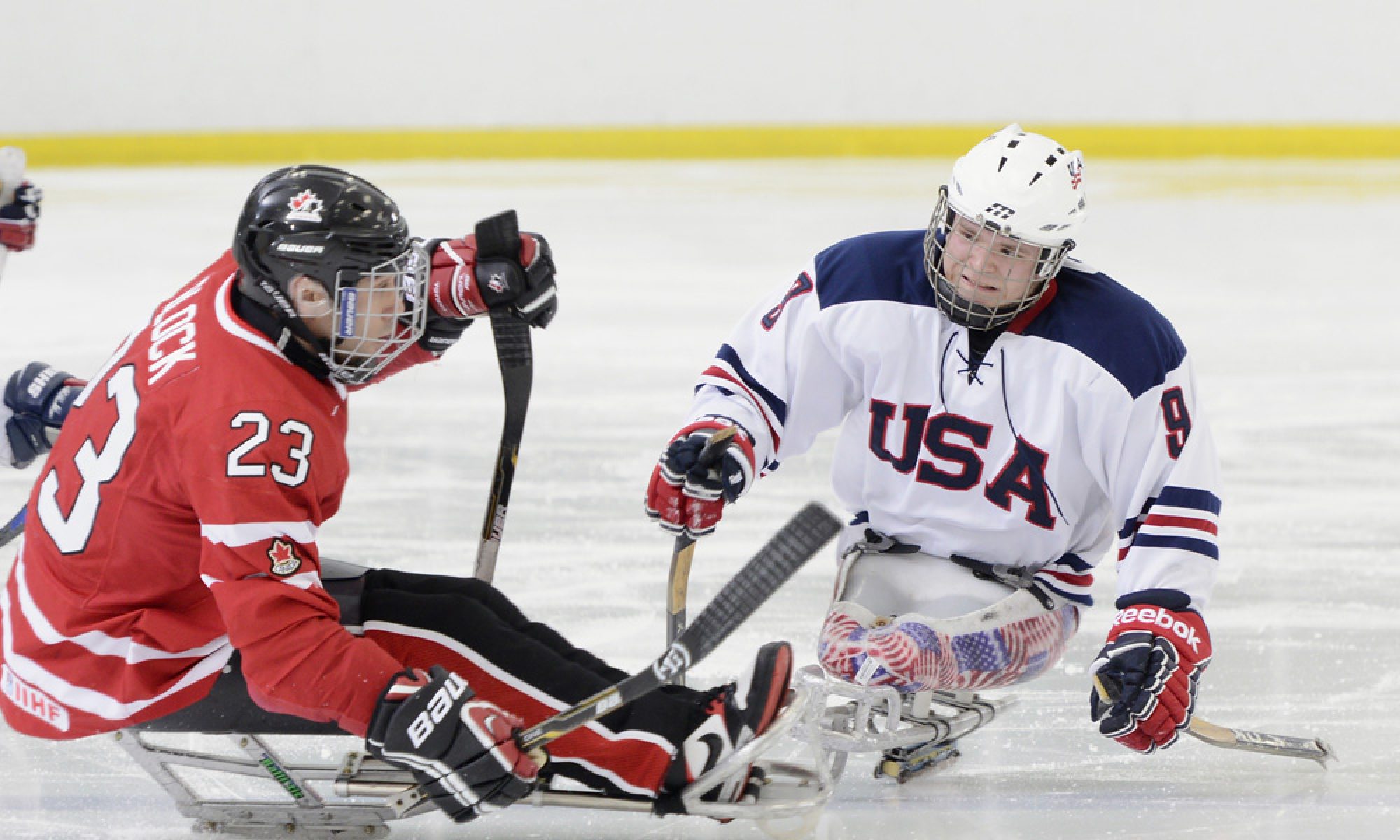Hunting
 For a listing of state-by-state disabled hunting license information, please click HERE
For a listing of state-by-state disabled hunting license information, please click HERE
For a list of adaptive hunting equipment, please click HERE
Nick Ackerman, double amputee and prosthetist at American Prosthetics & Orthotics in Iowa, journeys to the woods on weekends.
“One of the main challenges I faced as an amputee wanting to hunt, was hunting on public property since the forest and public areas were closed to vehicular access.”
In 1988, he went on the first-ever disabled hunt in Alabama, hosted by the U.S. Corps of Engineers. At the event, David met other disabled hunters, most in wheelchairs, and the common complaint was there were no opportunities for people with mobility impairments.
Soon thereafter, he founded Alabama Handicapped Sportsmen to work to increase the opportunities for hunters with disabilities. In 1993, they joined forces with Buckmasters American Deer Foundation (BADF), a non-profit arm of the company that publishes a magazine and produces a television series. David is now director of disabled hunter services for BADF.
BADF has about 100 chapters across the country that raise funds and host disabled hunts and provides adaptive hunting equipment for people at no charge. Working with sponsors, the equipment is awarded to disabled hunters following a grant-like process.
Since 1996, they’ve awarded 66 grants and hope to provide another 30 this year. In addition to providing equipment, offering advice, and staging disabled hunts, Sullivan and BADF is willing to help anyone develop a local chapter or organize their own challenged hunts. Wheelchair hunters have motor vehicle access.
Where there’s a will … . Active hunters can get deep onto hunting property with rugged equipment.
“Since we started running these challenged hunting programs over the years, we’ve seen more states adopt special accommodations for handicapped hunters,” Sullivan said.
Alabama now has a trail of 17 facilities that are just for challenged hunters, Sullivan said. Disabled hunters call to reserve the property and sign out a particular area. They’re wheelchair accessible and have motor vehicle access.
If finding a place to hunt is the first issue facing a disabled hunter, the second is having a hunting partner or someone to assist in the hunt, Sullivan said. “When someone, even an arm amputee, harvests a deer they normally have to have someone assist them in caring for the game and retrieving it.” Hunting partners also provide support and camaraderie.
Sullivan said, “For the people we go hunting with, it’s a sort of rehabilitation in a way. There’s a lot of benefit that’s provided by peer support, so we do a lot of group events where we have anywhere from 2 to 44 hunters.”
He added, “Many of the people we work with were hunters before their disability and, for some reason or other, they think that part of their lives is over and they won’t be able to enjoy any kind of quality,” Sullivan said. “We can show them otherwise – that they can participate in the outdoors successfully with their disabilities.” He added, “It takes a little determination and a lot of help to begin with, but regardless of the disability, there’s some way to adapt to it.”
Adaptive Devices
For sportsmen who have difficulty holding, aiming, or shooting a gun or rifle, there are a variety of adaptive devices available. “Every disability is different,” Sullivan said, “so there’s no one piece of equipment that will meet everyone’s needs.”
Since much of the adaptive equipment used is homemade or custom made, BADF has put together a videotape, available for a nominal shipping cost, that consists of footage sent in by other disabled hunters showing what they had devised for themselves. Many people use it for inspiration in developing their own adaptive devices.
 The Extreme 4X4 Wheelchairs
The Extreme 4X4 Wheelchairs
The Extreme 4X4 is an indoor/outdoor, barrier free powered wheelchair. This wheelchair can ride over wet, soft, and uneven surfaces, unlike most other wheelchairs. And yet, narrow enough to maneuver indoors.
For those who would rather buy commercially manufactured devices, there are quite a few sources available.
Some of the gun rests, such as the BIPOD Shooting Stick simply hold the gun. Others like the HQ (High Quad) 100 available from Be Adaptive Equipment are designed for those with no hand or arm movement and can be operated completely by the arm and chin.
Some trigger activators, such as the TM100, also from Be Adaptive Equipment, are sip actuated and some, such as the Trigger Activator JT45 available at Access to Recreation, are simple cranks that attach to the trigger mechanism.
For many disabled hunters just knowing that the equipment exists and is available has reopened their door to the outdoors.
“We’ve had so many people,” Sullivan said, “that have been given a new spark just to get out and shoot or hunt again just by making the equipment available.”
BADF also maintains a mailing list, many of which go out to other organizations, “so if a landowner calls me today, I can put a hunt together by tomorrow,” Sullivan said.
“We exist to create those opportunities for disabled hunters,” Sullivan said. “The older I get, the more I realize the value of hunting, not just as an activity, but it’s a social thing. It’s something that you can do and pass on to your children.” He added, “We just want to be sure that everybody knows that there are people out there to help them.”

